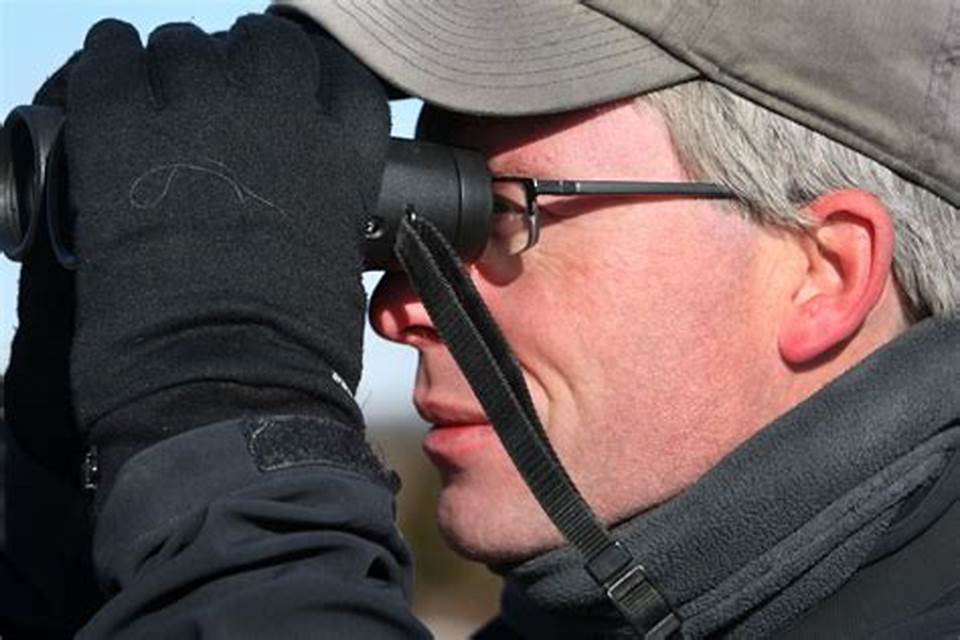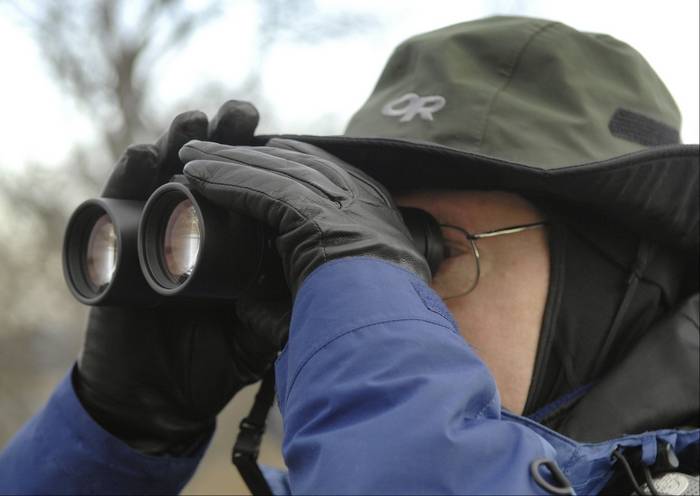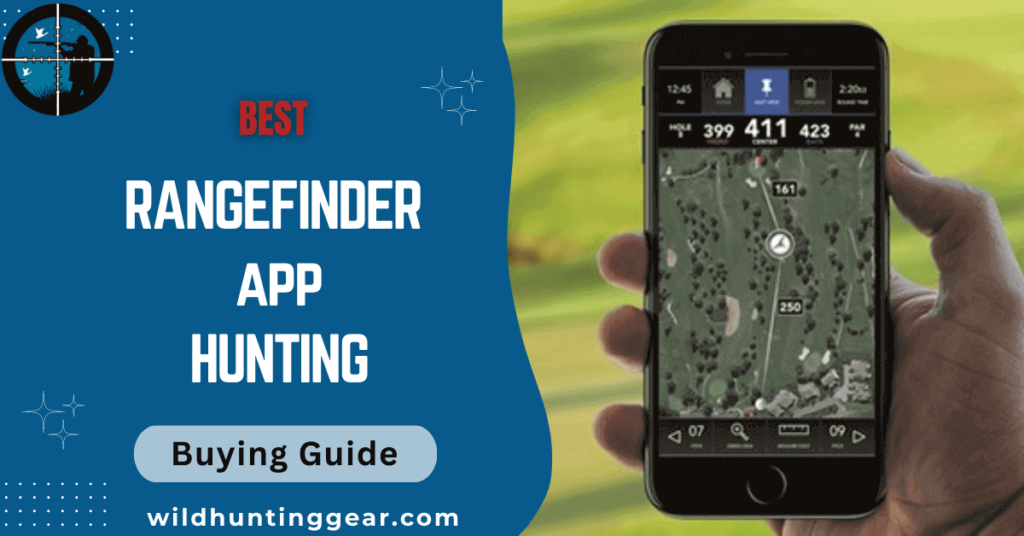Binoculars are a valuable tool for observing distant objects with enhanced clarity and detail. However, for those who wear glasses, using binoculars can pose certain challenges.
The presence of eyeglasses can create a physical barrier between the viewer’s eyes and the binocular lenses, often resulting in a reduced field of view and discomfort. Fortunately, with a few adjustments and considerations, individuals can enjoy the benefits of binoculars while wearing glasses.
In this guide, we will explore various techniques and tips to effectively use binoculars with glasses, ensuring optimal viewing experiences for eyeglass wearers. We will also provide maintenance tips to ensure longevity and also recommended binoculars that are particularly well-suited for individuals who wear glasses.
So read on to learn how to use binoculars with glasses.
What are binoculars and how does it work?

Binoculars are optical devices used for magnifying distant objects and bringing them closer to the viewer. They consist of two identical telescopes mounted side by side, allowing each eye to observe the same object simultaneously.
Binoculars are commonly used for activities such as bird watching, stargazing, wildlife observation and sporting events. The basic working principle of binoculars involves the use of lenses and prisms to magnify the image.
Here’s a simplified explanation of how they work:
- Objective lenses: The binoculars have two objective lenses at the front, facing the object you want to observe. These lenses gather light and focus it onto the next component.
- Prisms: The light passes through the objective lenses and enters prisms inside the binoculars. These prisms are usually of two types: Porro prisms or roof prisms. The prisms serve to correct the orientation of the image and redirect the light path.
- Eyepieces: After passing through the prisms, the light reaches the eyepieces. The eyepieces further magnify the image formed by the objective lenses and make it visible to the viewer. Each eyepiece focuses the light independently for each eye.
- Interpupillary adjustment: Binoculars have a mechanism to adjust the distance between the two eyepieces to match the viewer’s eye width. This ensures that the viewer sees a single, merged image with both eyes.
- Magnification and field of view: Binoculars are characterized by two numbers, such as 8×42 or 10×50. The first number represents the magnification power, indicating how much closer the object appears compared to the naked eye. The second number represents the diameter of the objective lenses, determining the amount of light that can enter the binoculars. A larger objective lens diameter generally results in a brighter image.
By combining the optical elements and adjusting the focus, binoculars provide an enlarged, detailed and stereoscopic view of distant objects. They allow users to observe objects that would otherwise be too far away to see clearly with the naked eye.
How to use binoculars with glasses?

Using binoculars with glasses can be a bit tricky but with the right adjustments, you can achieve a comfortable and clear viewing experience.
Here’s a step-by-step guide on how to use binoculars with glasses:
- Choose binoculars with adjustable eyecups:
Binoculars with adjustable eyecups, such as twist-up or retractable cups, allow for a greater degree of customization and provide added comfort. Eyecups can be adjusted to create more space between the user’s eyes and their glasses, allowing them to look through the binoculars while maintaining a clear field of view.
- Position the binoculars:
Hold the binoculars in your hands or use a tripod if available. Place the eyepieces against your glasses, ensuring that your glasses fit within the space created by the twisted-down eyecups.
- Find the right distance:
Adjust the position of the binoculars until you achieve a comfortable distance between your eyes, glasses and eyepieces. You should be able to see the entire field of view without any black borders or vignetting.
- Fine-tune the focus:
Once you have a clear view, use the central focus wheel to adjust the focus for both eyes simultaneously. Binoculars often have a diopter adjustment as well, usually located on one of the eyepieces. This allows you to fine-tune the focus individually for each eye. Adjust the diopter until the image appears sharp and crisp to you.
- Take breaks if needed:
Using binoculars for an extended period can sometimes cause discomfort, especially if you wear glasses. If you feel any strain or discomfort, take short breaks to rest your eyes and adjust your glasses if necessary.
By following these steps, you should be able to use binoculars comfortably while wearing glasses. Remember that the specific adjustments and features may vary between different models of binoculars, so it’s always a good idea to consult the instruction manual provided by the manufacturer for more detailed guidance.
Tips for effectively using binoculars with glasses.

Using binoculars with glasses can be a bit challenging but there are some helpful tips that you can keep in mind to make the process easier. Here are some of the best strategies for using binoculars with glasses:
- Wear comfortable glasses: Make sure your glasses fit properly and don’t pinch or cause discomfort when you look through them. If possible, opt for lightweight frames with thinner lenses.
- Use a harness or strap: A binocular harness or strap can help to keep the binoculars steady on your face and reduce strain on your neck and arms. This is especially useful if you’re using binoculars for an extended period of time
- Finding the optimal eye position for viewing: Move the binoculars around until you find the right fit for your eyes, glasses and eyecups. Adjusting the interpupillary distance (IPD) may also help to ensure a comfortable view.
- Use magnifying lens attachments: If your binoculars don’t have enough eye relief to accommodate your glasses frames, you can purchase special magnifying lens attachments to increase the distance between your glasses and eyecups.
- Choose an anti-reflective coating: Look for binoculars with an anti-reflective coating that helps reduce glare and improve brightness. This is especially important if you wear prescription glasses, as it can help ensure a brighter and clearer view.
- Clean the lenses regularly: Dust, dirt and other particles can accumulate on the lenses over time. It’s important to keep them clean in order to maintain a clear image. Use lens cleaning cloths or wipes if available and take care not to scratch the lenses.
- Take breaks: Using binoculars for an extended period can cause strain and discomfort, especially if you wear glasses. Make sure to take regular breaks when using binoculars and adjust your glasses if necessary.
- Know when to opt for contact lenses: If you find that using binoculars with glasses is too cumbersome, you may want to consider switching to contact lenses instead. This can make it much easier to use binoculars since you won’t have to worry about the lenses blocking your view or causing discomfort.
By following these tips, you should be able to use binoculars more comfortably and enjoy a better viewing experience. Remember that practice makes perfect, so take the time to get used to the different features of the binoculars before using them in real-world scenarios. With some patience and effort, you’ll be a pro at using binoculars with glasses.
Key factors to consider when selecting binoculars for glasses wearers.

When selecting binoculars for glasses wearers, there are several key specifications you should consider to ensure a comfortable and enjoyable viewing experience. Here are some important factors to keep in mind:
- Eye Relief: Eye relief refers to the distance between the eyepiece and your eyes when you can still see the full field of view. For glasses wearers, it’s essential to choose binoculars with long eye relief, typically 14mm or more. This allows you to maintain a comfortable distance between your glasses and the eyepieces while still seeing the entire image.
- Diopter Adjustment: Diopter adjustment allows you to compensate for any difference in vision between your eyes. Look for binoculars that have a diopter adjustment mechanism, usually located on one of the eyepieces. This feature helps you achieve a sharp focus, even if you have different prescriptions for each eye.
- Interpupillary Distance (IPD) Adjustment: IPD adjustment allows you to customize the distance between the two eyepieces to match the width of your eyes. Make sure the binoculars you choose have an IPD adjustment mechanism that allows for a wide range of adjustments. This ensures that you can achieve proper alignment between the binoculars’ optics and your eyes, regardless of the width of your glasses frame.
- Field of View: The field of view determines the width of the scene you can see through the binoculars. It is usually measured in feet or degrees. Consider your specific needs and preferences when selecting the field of view. A wider field of view allows you to observe more of the surrounding area, which can be beneficial for activities like birdwatching or sports events.
- Magnification: The magnification power of binoculars determines how close the viewed objects appear. Higher magnification is not always better, especially for glasses wearers, as it can lead to a narrower field of view and reduce image stability. Opt for a moderate magnification level, such as 7x or 8x, for a more steady view.
- Size and Weight: Consider the physical dimensions and weight of the binoculars, as they can impact comfort during extended use. Look for compact and lightweight models that are easy to hold and carry. This is especially important if you plan to take them on hikes or other outdoor activities.
- Optical Quality: Check the overall optical quality of the binoculars, including the clarity, brightness and color reproduction of the image. Look for binoculars with high-quality lenses and coatings that minimize distortion, glare and chromatic aberration. Reading reviews and seeking recommendations can help you assess the optical performance.
Best binoculars for glasses wearers

Based on the above considerations, here are a few binocular models that are often recommended for glasses wearers:
- Nikon Monarch 5
- Vortex Optics Diamondback HD
- Zeiss Terra ED
- Leica Trinovid HD
- Swarovski EL
- Bushnell Legend Ultra HD
It’s important to note that personal preferences, budget and specific requirements may influence your choice. If possible, try out different models in-store to find the one that suits you best.
Tips for maintaining and cleaning binoculars
To ensure that your binoculars last for many years and continue to offer clear and crisp images, it’s important to regularly maintain and clean them. Here are some tips for taking care of your binoculars:
- Avoid leaving the lenses exposed to direct sunlight or strong sources of heat, as this can cause damage.
- Handle them gently and store them in a safe place when not in use.
- Clean the lenses with a clean, dry cloth to remove any dust or dirt buildup.
- Use specialty cleaning solutions if necessary but avoid sprays that contain harsh chemicals.
- Check the seals regularly for any signs of wear and tear and replace them immediately if needed.
- Inspect the internal optics to ensure they are free from any dirt or debris.
- Align and adjust the eyepieces and focus as needed.
By taking proper care of your binoculars, you can guarantee a lifetime of enjoyment with them. And when it’s time to upgrade, remember these tips for selecting the perfect pair!
Final Words
In conclusion, using binoculars with glasses can be made comfortable and effective by following a few simple steps. Adjusting the eyecups, finding the right eye relief and ensuring a proper fit between the glasses and the binoculars are key factors to consider.
By taking these measures, individuals with glasses can enjoy a clear and immersive viewing experience without compromising on comfort or visual quality.




